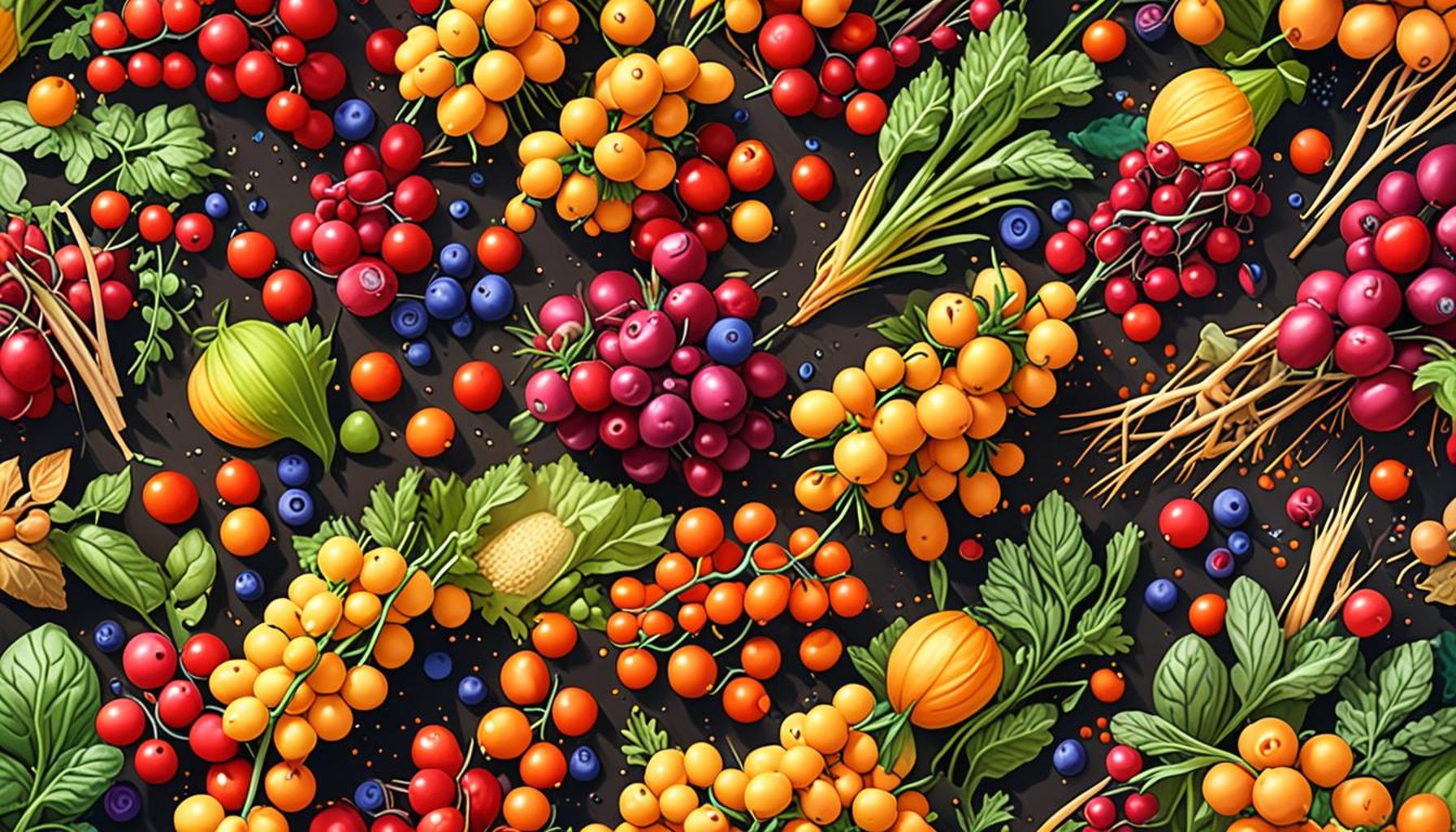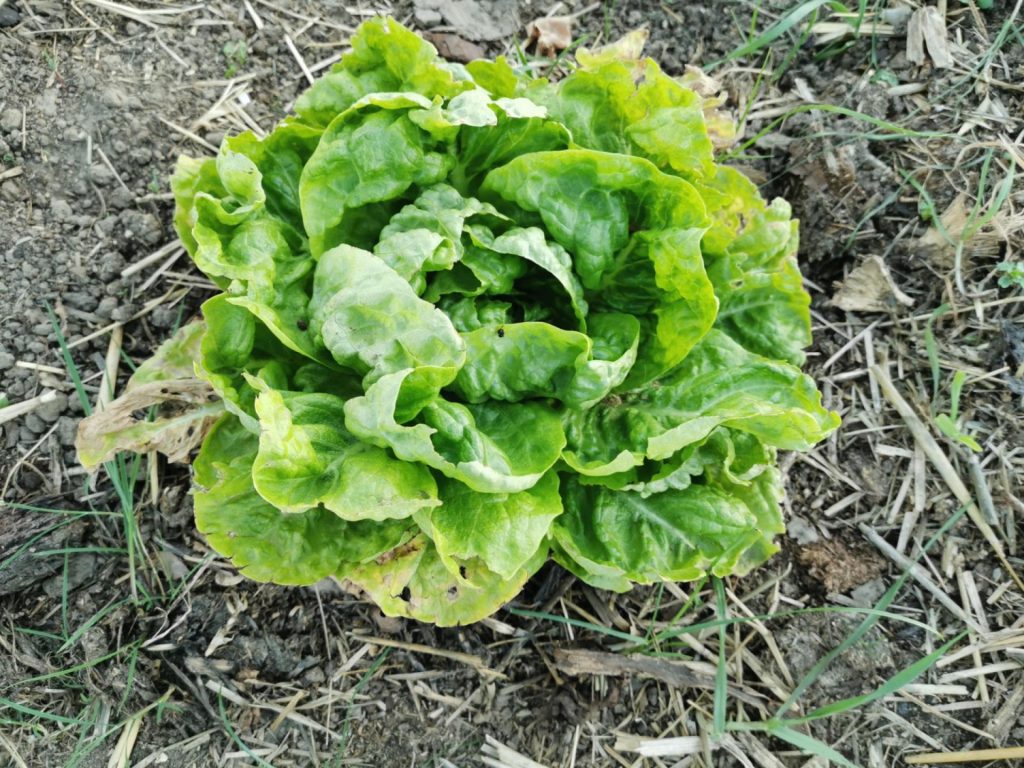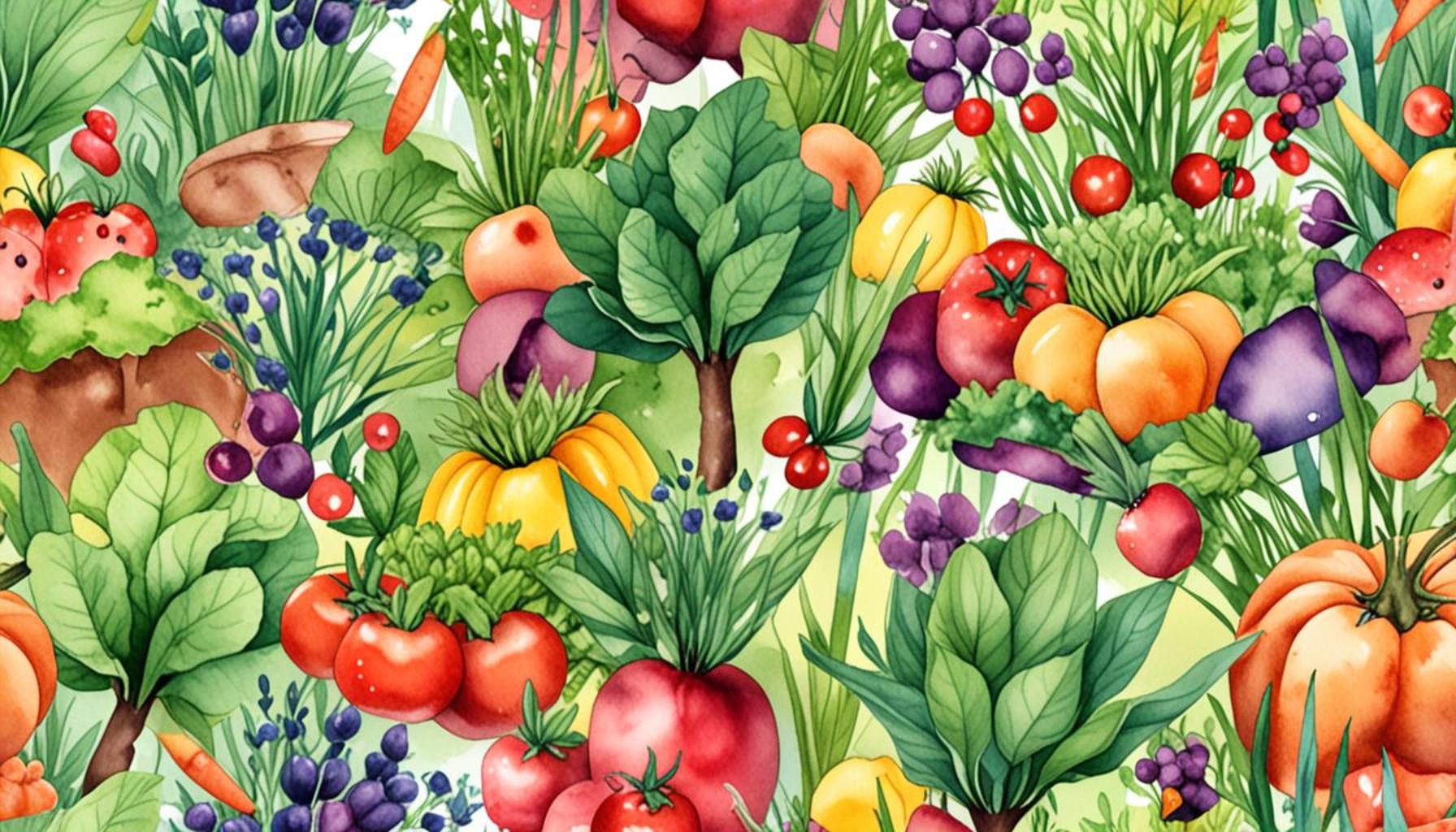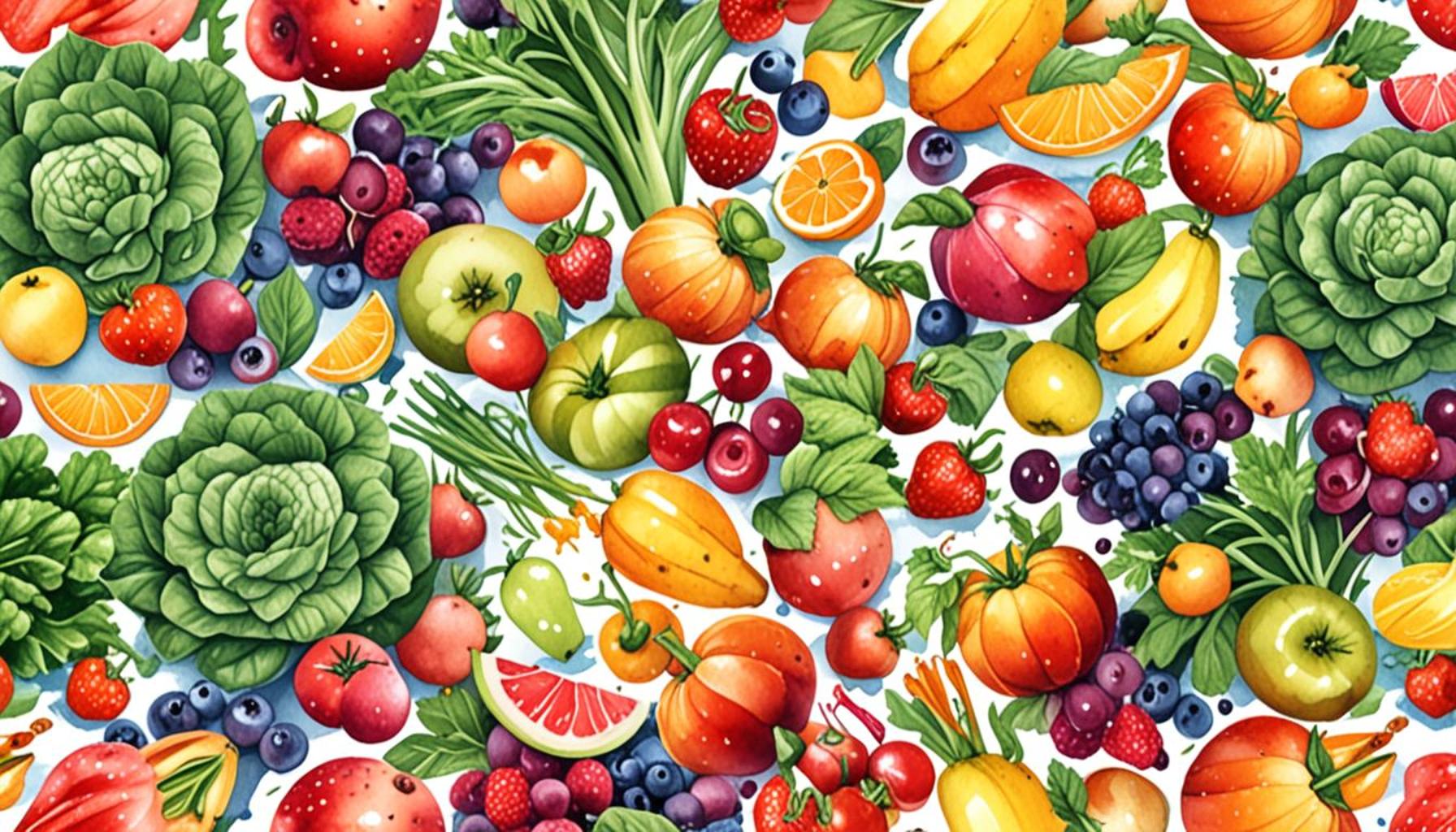Harvest Synchronization: How to Plan Planting for Staggered Harvests Throughout the Season

Maximizing Your Garden’s Potential
Planning a garden can be a thrilling yet complex endeavor. With careful attention to harvest synchronization, you can transform your growing experience from a single bounty to a season-long feast. Understanding the timing of your crops is essential to achieving a continuous supply of fresh produce, which not only enhances your culinary experiences but also allows you to savor the variety of flavors that each season has to offer.
Implementing staggered harvests is one of the most effective strategies for prolonging the yield of your garden. This approach can keep your kitchen bustling with fresh produce for several months. Here are key benefits to consider:
- Variety Throughout the Season: By growing different crops that mature at varying times, you can enjoy a diverse array of flavors and textures. For example, early carrots and spring peas can be harvested first, followed by summer tomatoes and cucumbers, and finally, hearty fall greens like kale and Brussels sprouts. This method ensures your meals are colorful and full of nutrients throughout the growing season.
- Efficient Resource Use: Staggered planting optimizes water and nutrient use. For instance, early crops can help amend the soil, making it richer for subsequent plantings. Additionally, by planting in cycles, you can manage soil moisture more effectively, reducing the need for excessive irrigation—an important consideration in areas facing water shortages.
- Minimized Waste: With effective harvest synchronization, you reduce the chances of produce spoiling before consumption. Instead of having an overabundance of one type of vegetable ripening at the same time, staggered harvests ensure that you have just the right amount of produce at any given time, maximizing your use and enjoyment.
For instance, imagine planting a succession of crops: starting with lettuce and radishes in the early spring, moving on to tomatoes and peppers in the height of summer, and capping off the season with squash and root crops like carrots and beets. This method not only satisfies your garden cravings but also helps you maintain a balanced workload throughout the growing season.
In the United States, understanding your local growing zones can significantly enhance your planting strategy. The USDA Hardiness Zones map serves as a valuable resource, indicating the average annual minimum winter temperatures in different regions. By aligning your planting schedule with these zones, you can choose the right crops that thrive in your climate. Engaging in harvest synchronization not only boosts productivity but also fosters a sense of connection with the land you cultivate. As you delve deeper into this concept, you will uncover various methods to align planting rhythms with seasonal changes. Such practices include intercropping, where two or more crops are grown together for pest control and space efficiency, or crop rotation, which helps in maintaining soil health.
By embracing the art of harvest synchronization, you can maximize both the potential of your garden and the pleasures of home cooking. Take the time to explore different planting strategies, study local climate conditions, and experience a variety of seasonal delights in your own garden sanctuary.

DISCOVER MORE: Click here to learn about the impact of plant diversity on soil health
Understanding Planting Timing and Strategies
When it comes to harvest synchronization, timing is everything. Knowing when to plant each crop can mean the difference between a bountiful harvest and a sparse yield. The concept revolves around aligning your planting schedule with crop growth rates to ensure you are continuously harvesting fresh produce. At the heart of this strategy lies the principle of succession planting, which can be a straightforward yet immensely effective approach to extend your harvest season.
Succession planting can be categorized into several techniques that promote staggered harvests:
- Direct Seeding at Intervals: This method involves sowing the same type of crop at regular intervals. For instance, you may plant spinach every two weeks in the spring. As each planting matures, you can harvest a portion while allowing the remaining plants to grow, ensuring a steady supply of fresh greens.
- Crop Rotation: Rotating different crops in the same area of your garden not only helps maintain soil health but also allows for successive harvesting. After a quick-growing crop such as radishes or lettuce is harvested, you may follow up with a longer-maturing plant like beans or squash, keeping the soil productive over long periods.
- Intercropping: This involves growing two or more crops in close proximity to one another, which can lead to efficient use of space and resources. For example, the “three sisters” method combines corn, beans, and squash. This technique not only yields various crops simultaneously but also supports pest management naturally.
Besides understanding these techniques, it’s crucial to familiarize yourself with the specific growing conditions and timelines for each crop. Different vegetables have varied days to maturity, and ideally, you want to choose those that complement one another. For instance, early-season crops like peas and radishes can be harvested before summer veggies take over the garden space, such as tomatoes and cucumbers, which thrive in the warm sun. This progression means you won’t be left with barren space in your garden for too long.
Moreover, paying attention to local climate variations is vital. Locations in the United States, such as the Pacific Northwest, have different frost dates and growing seasons compared to the Southeast or Midwest. Keeping a gardening calendar that aligns with your region’s first and last frost dates will help in planning your plantings effectively. Tools like USDA Plant Hardiness Zone Map can assist you in selecting the best crops for your area, ensuring that you maximize your harvest potential.
In addition to selecting crops based on temperature and timing, trends indicate that many home gardeners are increasingly interested in growing heirloom or specialty varieties. These plants often have unique flavors and better adaptability to specific local conditions. By incorporating these lesser-known plants into your staggered planting schedule, you can delight your palate while also contributing to biodiversity within your garden.
Embracing the full spectrum of techniques available for harvest synchronization can significantly enhance your gardening experience. As you explore these methods, you will find not only improved yields but also a gratifying connection to the growing seasons and the cycles of nature that define them.
| Advantages | Details |
|---|---|
| Increased Yield | By planning staggered plantings, farmers can ensure a steady supply of crops, maximizing their growing potential throughout the season. |
| Risk Management | Diversity in planting schedules minimizes the impact of crop failure or pest invasions, protecting overall harvest outcomes. |
| Enhanced Market Reach | With staggered harvests, producers can tap into different market demands over the season, creating more sales opportunities. |
| Labor Optimization | Planning harvests at various intervals allows for the distribution of workload, facilitating better labor management and efficiency on farms. |
When utilizing the concept of “Harvest Synchronization,” it’s important to consider factors like specific planting dates, the variety of crops, and local climatic conditions. These elements significantly influence the timing of harvests. Planning multiple harvests can not only address the supply challenges often seen in monoculture farming but introduce a sustainable approach that supports biodiversity and soil health. Adjustments to planting schedules can greatly affect the nutritional value of produce as well. For instance, certain vegetables are best consumed fresh, which means planning for harvesting at peak flavor can elevate consumer satisfaction. Furthermore, staggered planting can lead to improved soil structure, as different root depths and plant types optimize nutrient uptake, ultimately boosting farm productivity. With advanced agricultural techniques and data analytics, farmers can further refine their harvest synchronization efforts, yielding profound benefits throughout the growing season. Exploring these dynamic strategies enables a deeper understanding of agricultural potential while addressing contemporary food production challenges.
DIVE DEEPER: Click here for more insights
Maximizing Yield through Strategic Crop Selection
To fully implement harvest synchronization, the next step is selecting the right crops to complement your staggered planting approach. Understanding how different vegetables mature and their growth requirements can dramatically impact your overall success. Some crops thrive when planted in cooler temperatures, while others flourish in warmer weather. Taking advantage of this variability can extend your harvest season and ensure that you maximize your yield.
One important aspect of crop selection is understanding the concept of days to maturity. For example, crops like arugula and bok choy mature quickly in about 30 to 40 days, making them ideal candidates for early spring planting. As these crops are harvested, you can transition to mid-season crops, such as carrots and beets, which take a bit longer but can provide a steady supply of produce throughout the summer. Following that, late-season crops like brussels sprouts or kale can offer fresh greens well into the fall, extending your harvest window considerably.
Consider also growing staple crops such as corn, squash, or tomatoes. These larger vegetable plants may require more space and nutrients, but they yield substantial harvests. By pairing these with fast-growing companion plants, you can take advantage of different growing seasons. For instance, planting short-season crops like basil alongside tomatoes not only utilizes vertical space efficiently but also benefits from the mutual support these plants provide, both in terms of flavor and pest deterrence.
Incorporating smart, diverse planting can reduce the risk of complete crop failure due to pests or adverse weather conditions. Growing a mix of perennials, annuals, and herbs can attract beneficial pollinators into your garden, further boosting productivity. Some herbs, like chamomile and dill, can serve as natural pest repellents while enticing helpful insects, aiding you in maintaining a healthy ecosystem within your garden.
Moreover, focusing on local crop varieties can enhance your harvest synchronization. Many crops native to specific regions can handle local pests and climate better than store-bought seeds, which may not be as well-suited to your environment. Check with local agricultural extension programs for recommendations on what varieties grow best in your area. Embracing heirloom varieties not only fosters biodiversity but often results in plants that are more resilient and flavorful.
Utilizing technology can significantly assist in managing your planting schedule. Various gardening apps now allow you to record planting dates, monitor weather conditions, and set reminders for crop rotation or seeding intervals. These tools can streamline the often daunting task of keeping track of multiple planting schedules, enabling you to focus on the enjoyment of gardening.
Another practical aspect is considering your harvest logistics. As the season progresses, careful planning becomes essential—especially when it comes to how you will handle, store, and distribute your produce. Work on timing your harvests so that you can deal with multiple crops without feeling overwhelmed. For instance, plan to harvest leafy greens in the early morning when they are crisp and full of moisture, while root vegetables can be pulled in the afternoon heat to minimize disruption to the soil.
By strategically selecting crops based on their growth patterns and requirements, gardeners can create a robust harvest schedule that not only ensures a continuous supply of fresh produce but also nurtures the local ecosystem. Embracing these principles of harvest synchronization can transform your gardening endeavor into a productive and rewarding experience throughout the entire season.
DIVE DEEPER: Click here to learn about how plant diversity can boost soil health
Conclusion: Embracing Harvest Synchronization for a Bountiful Season
In summary, harvest synchronization is a powerful and strategic approach for gardeners aiming to maximize their yield while enjoying fresh produce throughout the season. By understanding the unique growth patterns of various crops—coupled with smart planting techniques and careful scheduling—gardeners can ensure a steady supply of fruits and vegetables, combat the dangers of crop failure, and foster a thriving ecosystem.
As we’ve explored, embracing diversity in crop selection not only provides a continuous harvest but also enhances soil health and attracts beneficial insects. Additionally, employing modern technology can simplify the management of your planting calendar, allowing for more effective tracking of growth stages and harvest times. Local adaptations and heirloom varieties can further enrich your gardening experience, as these plants are often better suited to your environment.
Ultimately, successful harvest synchronization goes beyond merely planting seeds; it involves a thoughtful integration of knowledge, resources, and timing. So, as you plan your garden this season, consider all the elements at play to create a diversified, high-yielding, and rewarding experience. Whether you’re a seasoned gardener or a novice enthusiast, the principles of harvest synchronization can transform your gardening journey into a year-round celebration of growth and abundance. Dive deeper into this fascinating topic, and watch your garden thrive all season long!



